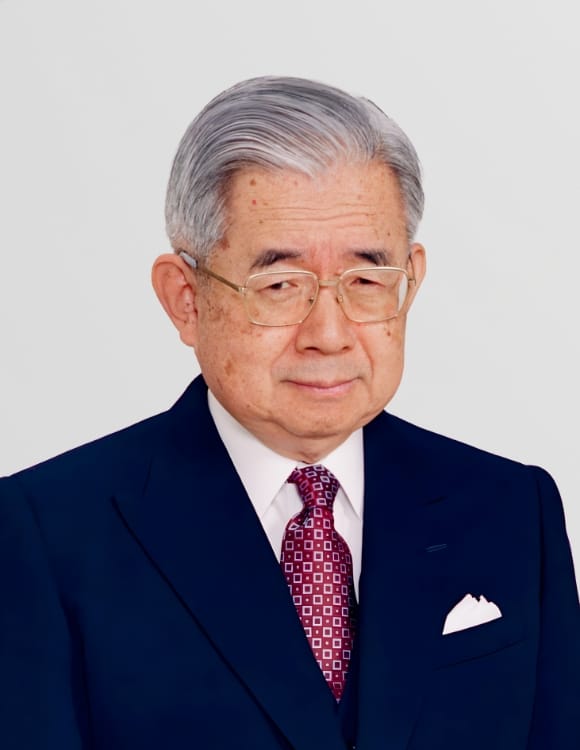About Japan Art Association
In the early Meiji period (1868-1912), Japan was flooded with influences of Western civilization, and it seemed that Japanese arts and traditional crafts were in danger of disappearing. The Meiji Emperor, deeply concerned with the situation, was determined to advance cultural and artistic efforts within Japan, and at the same time develop good relations with other countries.
The Emperor’s determination led to the establishment in 1879 of the organization named the Ryuchi-kai with Tsunetami Sano, a prominent figure in the Meiji government, as the president, and a member of the Imperial Family as honorary patron. The Ryuchi-kai became responsible for art administration and also played a central role in conducting cultural activities of the Imperial Household.
In 1887, the Ryuchi-kai was reorganized and renamed the Japan Art Association. In the following year an exhibition hall was inaugurated in Ueno Park. A total of 123 exhibitions were held in this hall between 1888-1943. In 1972, the exhibition hall was named the Ueno Royal Museum, and a commemorative exhibition, 300 Years of Japanese Art Spanning the Momoyama, Edo and Meiji Periods was held. Since then the museum has played an active role and has hosted many exhibitions of traditional arts, and of art from abroad such as the exhibition of masterworks from the Museum of Modern Art, New York.
In 1988, on the 100th anniversary of the Japan Art Association, the Praemium Imperiale was created in honor of the late Prince Takamatsu, who had served as honorary patron of the Association for 58 years. The first awards ceremony was held in Tokyo in 1989.
Prince Takamatsu’s wish that Japan should promote world peace through the arts is the central guideline of the Japan Art Association.

H.I.H. Prince Hitachi. Honorary Patron,
The Japan Art Association.

